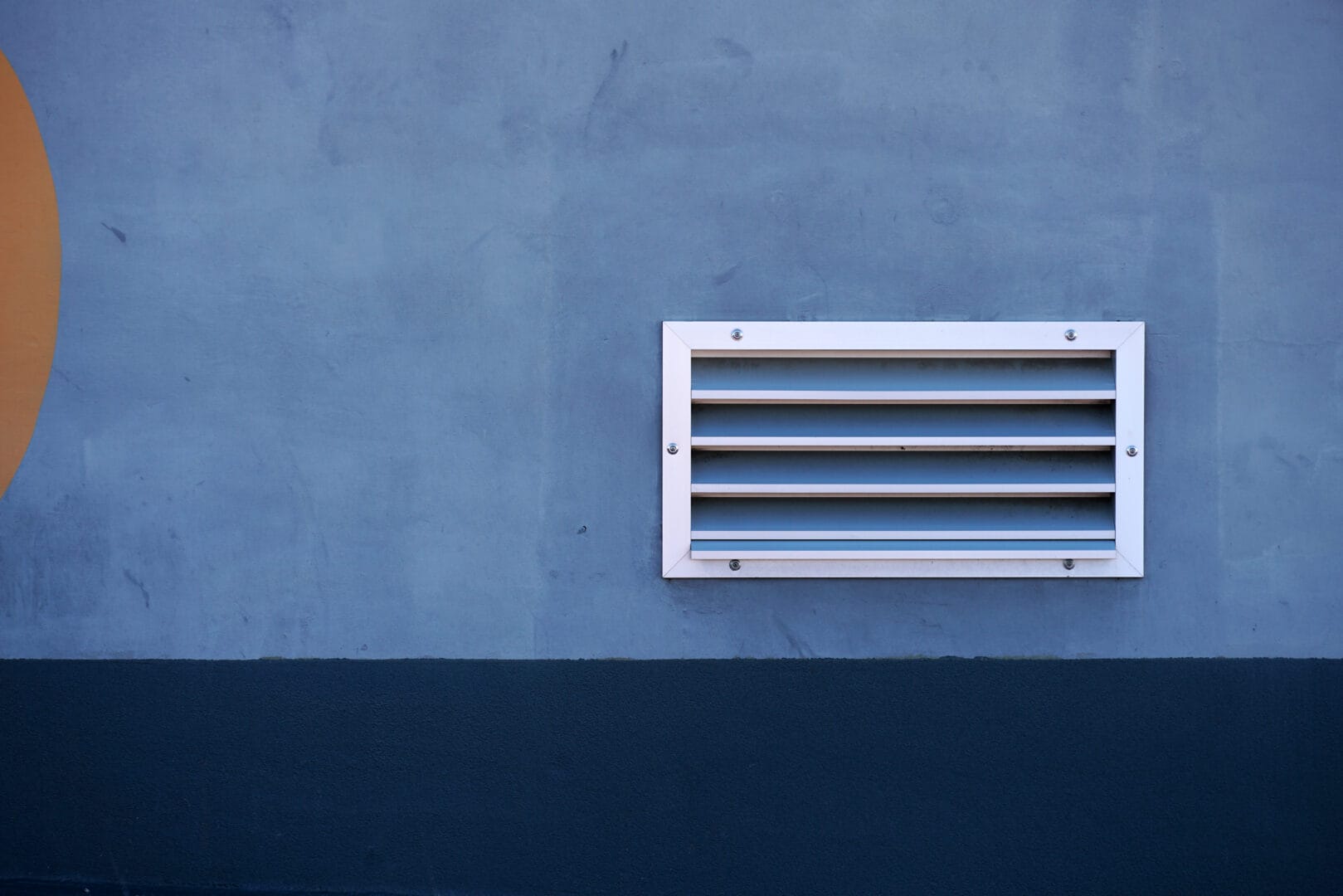Your home’s HVAC (heating, ventilation, and air conditioning) system is an intricate network of systems and components, each playing a vital role in maintaining a comfortable indoor environment. Among these, ductwork is the unsung hero that helps regulate the temperature, humidity, and airflow within your living space. This comprehensive guide is designed to shed light on the often overlooked realm of ductwork, providing both homeowners and professionals with the knowledge they need to keep their HVAC systems operating at peak performance.
The Basics: What is Ductwork?
The Unseen Conduit
Ductwork is the system of ducts – usually metal, fiberglass, or flexible materials – that delivers and removes air from the HVAC units. Ducts can run through walls, attics, crawlspace, and basements, and their design is crucial for the efficient flow of air. Understanding the groundwork of this system is the first step towards appreciating its significance.
Types of Ducts and Their Materials
Sheet Metal Ducts
These are commonly constructed from galvanized steel sheets and are the sturdiest and most durable option. Sheet metal ducts are often used in large commercial applications, and some residential systems utilize them for their longevity and fire-resistance properties.
Fiberglass Ducts
Fiberglass ducts consist of internal insulation wrapped by a fiberglass framework which is sealed with a vapor barrier. They are less expensive than sheet metal and offer excellent insulation properties.
Flexible Ductwork
Made from a spring wire covered with a plastic or metal layer, flexible ductwork is popular for its ease of installation, especially in tight or awkward spaces. However, they are more prone to tear and puncture, and can be less efficient than rigid ducts if not installed properly.
The Role of Ductwork in HVAC Systems
A Path for Comfort
Ductwork is the pathway through which conditioned air travels from the HVAC unit into various rooms. It’s important to note this system should allow for consistent airflow and temperature regulation throughout the house.
Impact of Duct Design on Efficiency
Poorly designed duct systems can lead to airflow restrictions and hot or cold spots in your home. At the most basic level, the shorter and straighter the ducts, the better the airflow. The use of appropriately sized ducts and strategic placement is critical for peak HVAC operation.
Common Ductwork Problems and Solutions
Leaks and Their Effect on Efficiency
Leaky ducts can significantly reduce your HVAC system’s efficiency, causing your bills to soar as air leaks out before reaching its destination. Duct sealing is a common solution, improving efficiency and reducing the workload on your system, which can extend its lifespan.
Insulation Issues and Their Solutions
Insulation is key to preventing energy loss from your ducts. Damaged insulation means your HVAC system needs to work harder to maintain the desired temperature. Ensuring your insulation is in good condition, and that the correct level of insulation is present, is crucial.
Battling Mold and Dust in Your Ducts
Mold and dust can accumulate in your ducts and be circulated throughout your home, affecting indoor air quality and potentially posing health risks. Regular cleaning and the implementation of filtration systems can help to reduce these issues.
Ductwork Maintenance Tips for Homeowners
Regular Inspections and Cleaning
It’s wise to carry out visual inspections of your ductwork at least twice a year. Look for signs of damage or leaks, and if your ducts are accessible, clean them to remove dust, debris, and any mold that may have developed.
DIY Tips for Minor Duct Issues
Simple fixes such as resealing joints with specialized tape, or adding insulation to exposed ducts in unconditioned spaces, can often be tackled by a homeowner with some basic tools.
Knowing When to Call in the Professionals
Not all duct issues can or should be addressed by a homeowner. Professional HVAC technicians have the tools and expertise to detect and repair complex ductwork problems, such as those that require advanced leak detection methods.
Upgrading Your Ductwork: Is It Necessary?
Signs Your Ductwork Needs an Upgrade
If you notice significant temperature differences between rooms, increased energy bills, or ducts that are excessively noisy, it may be time to consider an upgrade.
Benefits of Modernizing Your Duct System
Newer ductwork systems are designed for better efficiency and can offer enhanced features like zoning, which allows for customized temperature control in different areas of the house.
The DIY vs. Professional Debate
Consider the scale of the project when deciding whether to tackle a ductwork upgrade yourself. Complex redesigns or replacements of large sections are best left to professionals, while simple modifications might be within the capabilities of experienced DIYers.
Understanding ductwork is not only about maintaining a comfortable home, but it’s also about ensuring your HVAC system operates efficiently and your energy bills are under control. Take the time to learn about this critical component of your home, and you’ll be rewarded with an environment that truly feels like home.





